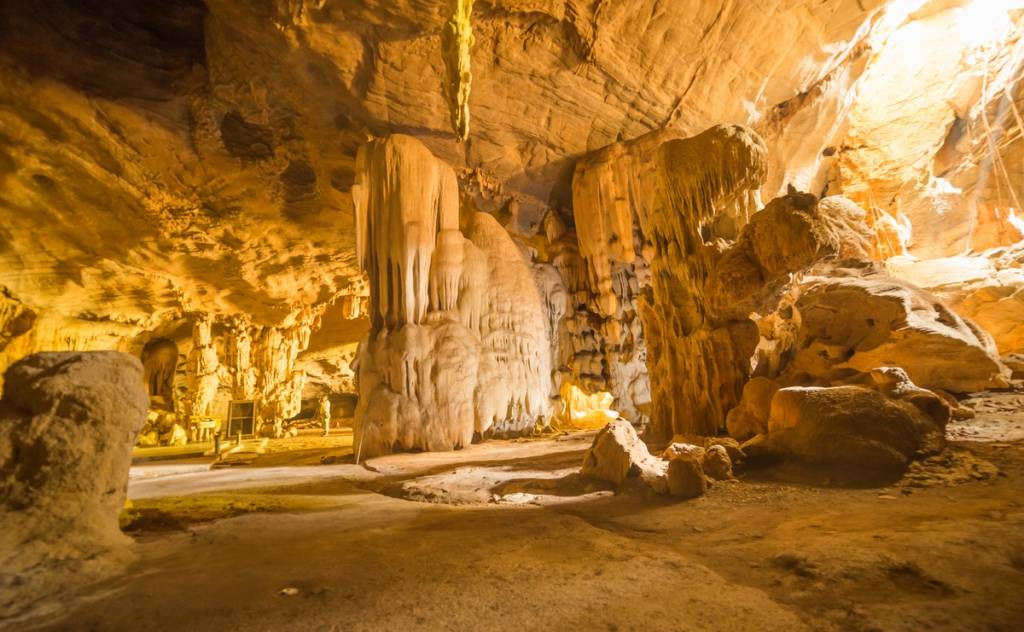Kouveleiki A Cave

South of the mountainous village of Alepochori (at a distance of 5 km) and 57 km southeast of Sparta, there is a cave called Kouveleiki A at an altitude of 350 metres. It belongs to a set of adjacent caves that include Kouveleiki B (at a distance of 50 metres) and Kouveleiki C (at a distance of 100 metres). As we will see below, for the first time in Greece, a model of the simultaneous use of two caves in the broader environment is recognised.
Kouveleiki A cave is divided into two rooms, formed by landslides due to geological events. The barrier has been found in both chambers. An excavation has been carried out since 1990, which is still ongoing. Findings such as pottery and shells of functional, everyday pottery, a stone hearth, tools made of bone and obsidian, the burial of an infant in a vase, as well as other anthropological findings (such as secondary burials of nine people), place the use of the cave in the Late Neolithic period ( 5300-3820 BC). The infant's skeleton is preserved intact and shows no trace of burning, not even mild. Flywheels, shell and clay jewellery were also found, as well as three figurines. The distribution of the findings shows the configuration (for different activities) of the spaces between the two chambers. The interior was used mainly for household chores (food preparation, cooking), while the exterior for works related to the construction of tools and ceramics, animal stalls, etc. Finally, the cave is not an organised archaeological site.



